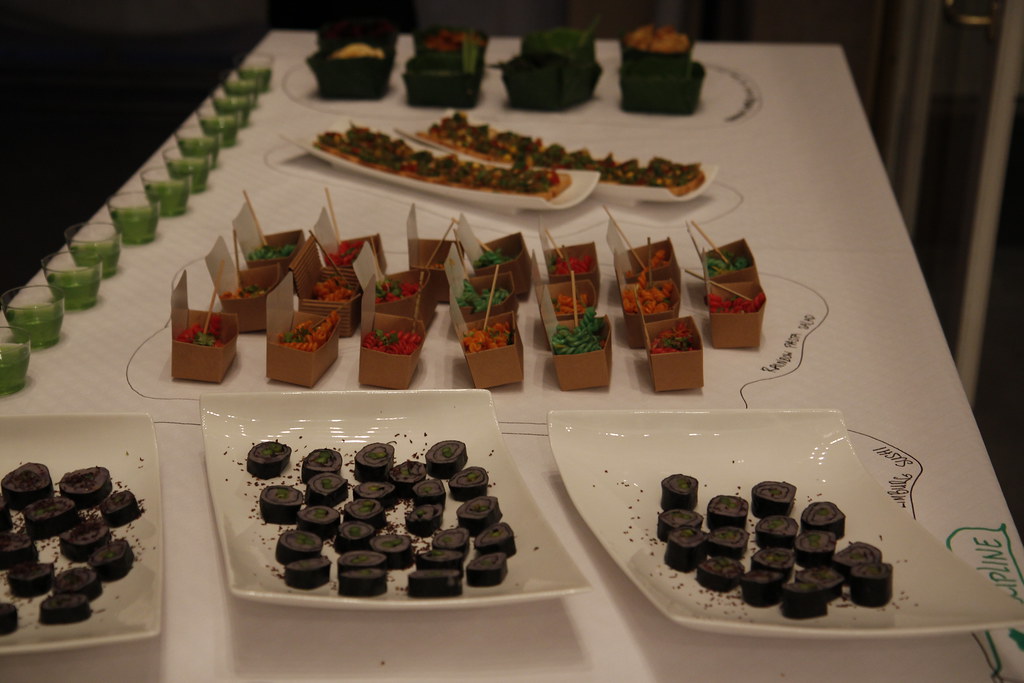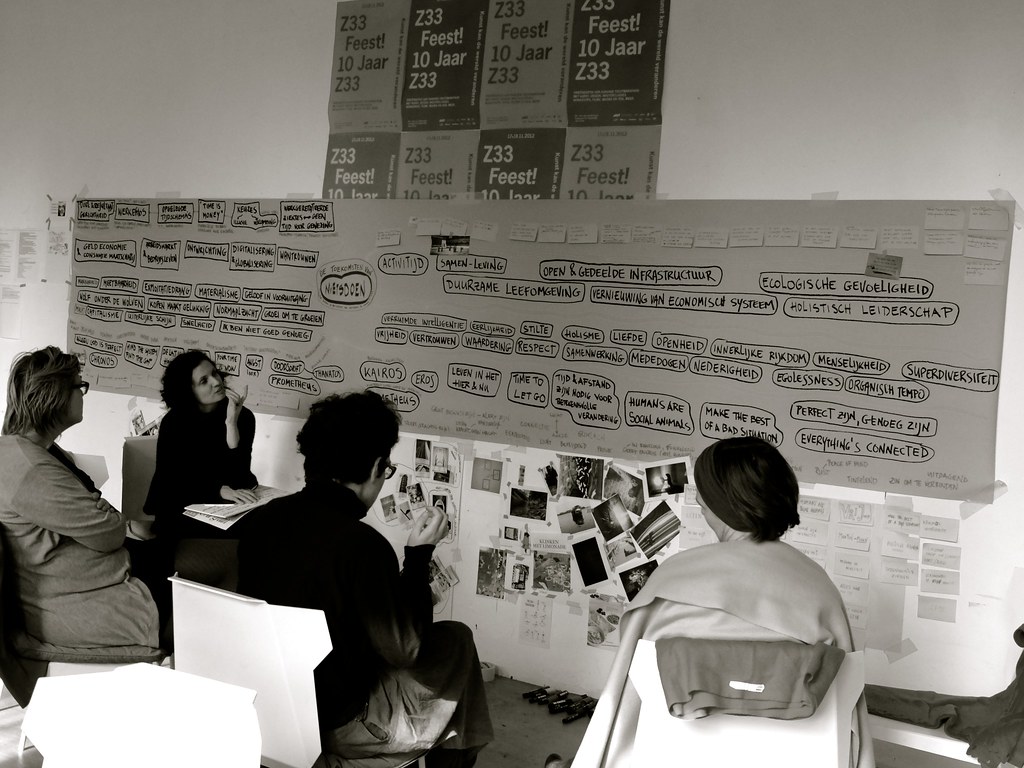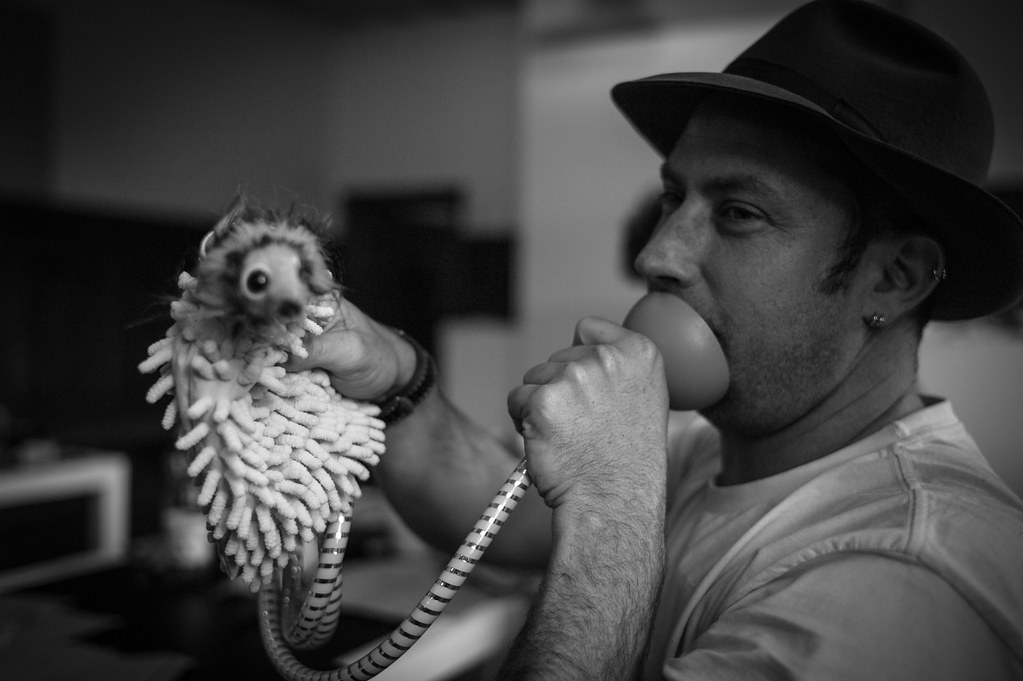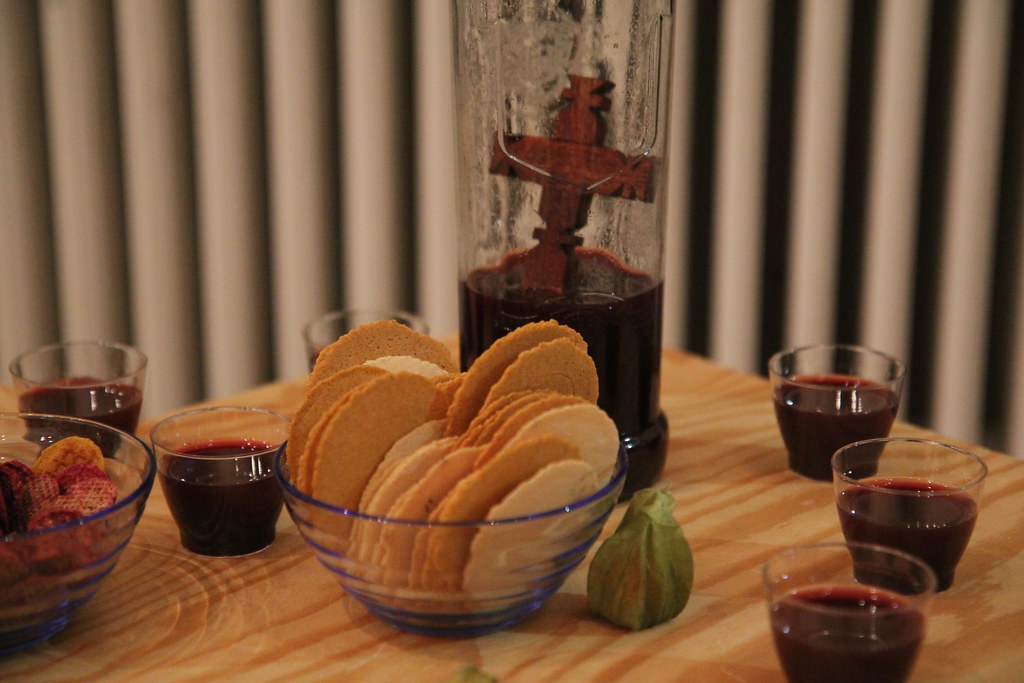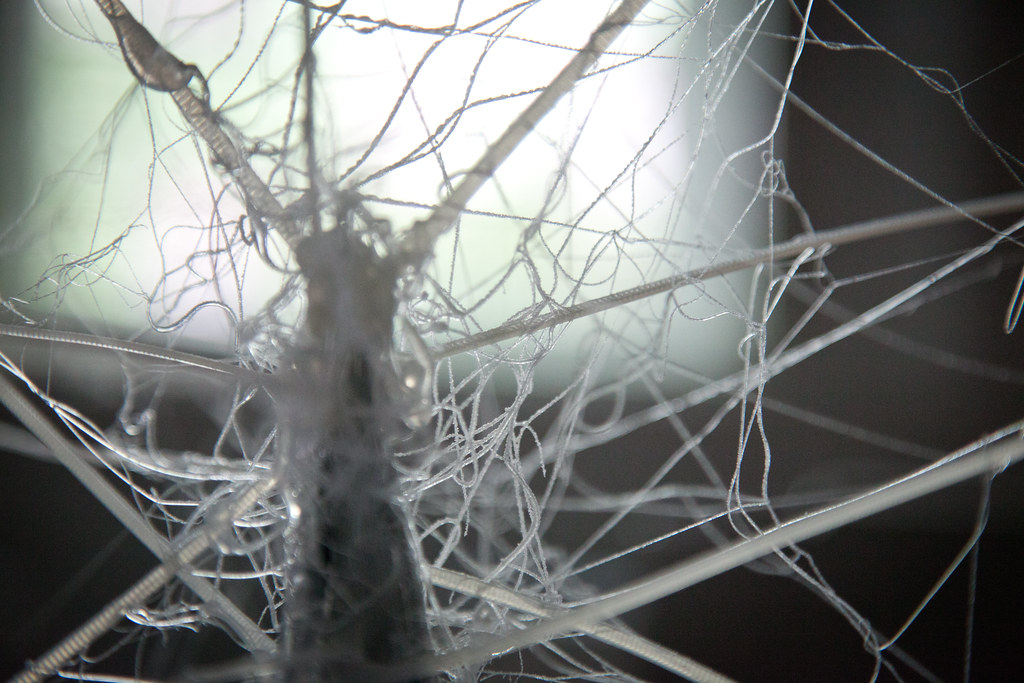Future Fabulators at the Futures Lab of Future Fictions
Posted Dec. 17, 2014 by Maja KuzmanovićFoAM’s involvement in Future Fictions, the exhibition at Z33 in Hasselt, is slowly coming to an end. Since early October we designed, organised, hosted and participated in a range of workshops, presentations and conversations that were all part of the Futures Lab which FoAM and Z33 jointly conceived. The notebooks we have been keeping at the exhibition are filled with futures processes that we either conducted ourselves or learned from others. The lab-room itself is still open until 4 January, but we’ll leave it fallow over the holiday period as we celebrate the return of the light, marking the beginning of an important new phase for FoAM (but that’s another story). With this blog entry I’d like to wrap up this (very) active season of Future Fictions before we descend into Yule rituals, people’s birthdays and other assorted transitions.
True to the format of an activity log, I’ll go through what happened in chronological order, with links to the various rabbit holes of our online documentation. One exception I’d like to make is to start with the last thing we did: a lecture I gave at Z33 this week about the approaches we took to our futures work and the exhibition. So if it’s unclear what the future of food might have in common with doing nothing, card games or democracy, this link might be helpful. A much shorter explanation of our motivations can be found in an interview I did with the curator Karen Verschooren just before the exhibition opened.
But, let’s go back to the beginning. Our first challenge was to create an inviting and comfortable space that would be inhabited by our research papers, books, images and process notes while being sufficiently compelling for visitors. The space would function as a lab, a lounge and a reading room in one. We thought of the atmosphere we wanted to achieve and collected the materials, including quotes and references online. We also brought some books with us and made them publicly available in the Lab for the duration of the exhibition. A large part of the space was a blackboard that we changed on a weeklyish basis, after each workshop. To lighten weight of all the textual material we wallpapered the room with photos and prints from our own work, as well as a collection of annotated images depicting the history of futures – from early shamanic traditions to emerging integral and experiential forms. A slideshow with most of the images is now available as a movie.
We launched our first participatory activity at the exhibition opening on 4 October: a 'food futures' edible pre-enactment, where we translated a range of scenarios into a menu for the opening reception. It turned out – as expected – that food was an excellent way to draw visitors into the future-fictional worlds and their associated processes. People began by shyly tasting the strange morsels, then brought their friends and came back for more, discussing the finer points of the scenarios, moving between our documentation in the Futures Lab and the refreshments table and making their own connections and associations.
Just a few days after the opening we hosted our Futures of Doing Nothing workshop for a small but dedicated group from FoAM and Z33. We spent a day using causal layered analysis (a critical futures method) to dig deep into the systems and worldviews underlying such contemporary malaises as work-related illness, burnout, stigmatising unemployment and financial troubles. By the time we got to the bottom layer where the cultural myths of Chronos, Prometheus and Thanatos reside, the atmosphere had grown heavy indeed. We ended the day by igniting sparks of hope and looking at what alternative myths might guide us towards a more desirable future. Characters like Kairos and Epimetheus were obvious alternative heroes to seek out… The second day energised the group as an alternative world began blooming and we moved towards more experiential methods: creating news, diaries and pre-enactments. We ended the workshop with participants writing a set of instructions for use in their daily lives that could help them move step by step towards their preferred futures.
After the workshop we printed these instructions as a set of cards that are now available in the Futures Lab and at FoAM for anyone to peruse. (They’ve already been packaged by some of our visitors as Christmas gifts.) As well as these prompts to change daily habits, a few participants made a commitment to more involved pre-enactments in subsequent months. Barbara pre-enacted a situation where she guided a rite of passage at FoAM, which we transformed into a workspace for rituals during Samhain, on the 31st of October. Ellen organised a neighbourhood swapping market for Christmas decorations, as one of her self-instructions was to engage in non-work-related socialising. She has also invited Barbara to design a ritual for the birth of her child mid 2015. Lies is designing a listening station, where she’ll sit with people in public spaces and simply listen to them. Rasa is planning a public pre-enactment for a rural festival next summer, where she’ll invite visitors to spend one whole day in the company of a tree. More plans are rumoured to be in the making. We’ll hear about them at the last afternoon tea in the Futures Lab on 4 January next year, where all workshop participants are invited to come together again and talk about the implicit and explicit influence the workshops have had on their lives, beyond the finissage of the exhibition.
We began November with a very different kind of workshop in which we played futures card games with around 40 students from different universities in Limburg. The workshop lasted for only three intense hours and was designed as an ice-breaker for a week-long collaborative process at various public spaces in Hasselt. We brought three design fiction card games – courtesy of Scott Smith, Stuart Candy and the Near Future Laboratory. We played the games at FoAM beforehand and facilitated the process with the students. It was fun to do and to observe, so after the workshop we wrote a reflection summarising our findings.
In the following weeks we hosted workshop leaders rather than facilitating workshops ourselves. We welcomed Nik and Michael from Pantopicon, Chris and Elliott from the Extrapolation Factory. It was great to meet these people and learn about their approaches to futures as they passed through the Futures Lab and participated in the workshops. With Extrapolation Factory we delved into a design fiction process by creating speculative products and the infomercials that would sell them through a fictional TV shopping network. The videos will be available online presently, but we also made a short summary of the process on the Future Fabulators wiki.
With Pantopicon we explored what futures for democracy might exist if we randomly mix societal needs, individual desires and emerging trends. We concluded the workshop by creating artefacts and stories that a visitor might find in an archaeological museum in the far future, as a way of trying to understand what our democracies are in fact all about.
Last but not least, we worked with the University of Hasselt and the Inhabitants Union of Godsheide (a neighbourhood on the edge of Hasselt), to imagine what life in various Godsheide futures might be like, depending on changes in urban planning policies and the openness of local culture. The students and researchers of Hasselt University designed a newspaper based on the headlines, stories and tableaux vivants that the inhabitants created. The newspaper, Het Belang van Godsheide, was used during FoAM’s apero in the Futures Lab, where we translated three of its stories into customised atmospheres, finger-foods and drinks – featuring perhaps the first pan-Flemish vegetarian fusion cuisine.
The newspaper will be distributed to relevant parties in Hasselt – from inhabitants to policy makers, researchers and developers – to encourage discussions about the impact of urban planning on the quality of life in Godsheide. Most importantly, some of the seeds of actions sown at the scenario workshop might become reality, as the union works to establish a local co-operative and create new platforms for co-working, meeting and sharing in the neighbourhood.
With this we come to the end of my Future Fictions log – a parade of characters and events in which the months have passed in a whirlwind. I’m looking forward to some wintery down-time to process all that has happened and translate it into a publication. This publication, with the working title ‘The Futurist Fieldguide’, is intended to make the often opaque processes and procedures of futures work accessible to both practitioners and enthusiasts. We like to think that it might bring us a step closer to (what Stuart Candy calls) ambient foresight, or a more widespread futures literacy – which is one of Karen’s motivations behind the Future Fictions exhibition as well. It feels like a worthwhile pursuit, but I need a bit more distance from it all to reflect on whether and how we came any closer to it with our varied Futures Lab programme.
What I can conclude though is that I learned even more about FoAM’s place on the edges of futures, and what we might be able to contribute to them. Being exposed to other organisations and contexts in this field makes me even more appreciative of my collaborators’ commitment to and care about the work we do and the people we meet.
I'd like to end by thanking the people who made Future Fictions possible for us: at FoAM - Nik Gaffney, Rasa Alknsyte, Lies Decklerck, Alkan Chipperfield, Kathleen Melis, Barbara Raes, Pieter, Jura & Faust de Wel; at Z33 - Karen Verschooren, Ellen Eurlings, Marleen Ruebens and their teams. No matter what futures or fictions we created, I enjoyed engaging with everyone involved. What I cherish most is the thought that some of our work might ripple through people’s lives long after we are gone. As if we planted seeds that take time to grow and fruit. I very much hope that some of them will. But for now it’s time for us all to hibernate in the thick, wet darkness of the longest night in the Northern Hemisphere…
Read more in the blogpost by Karen Verschooren: http://www.z33.be/en/blogs/future-fictions-end
Created: 15 Jul 2021 / Updated: 23 Oct 2021



